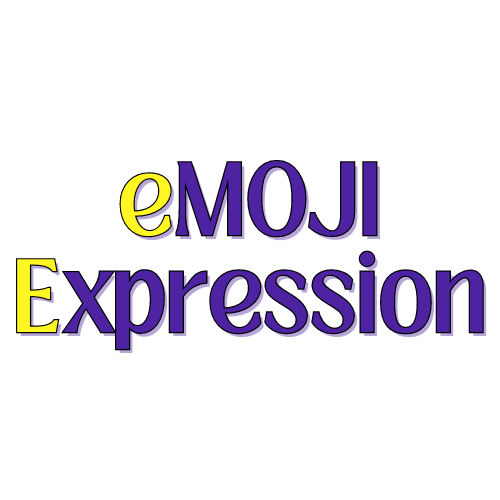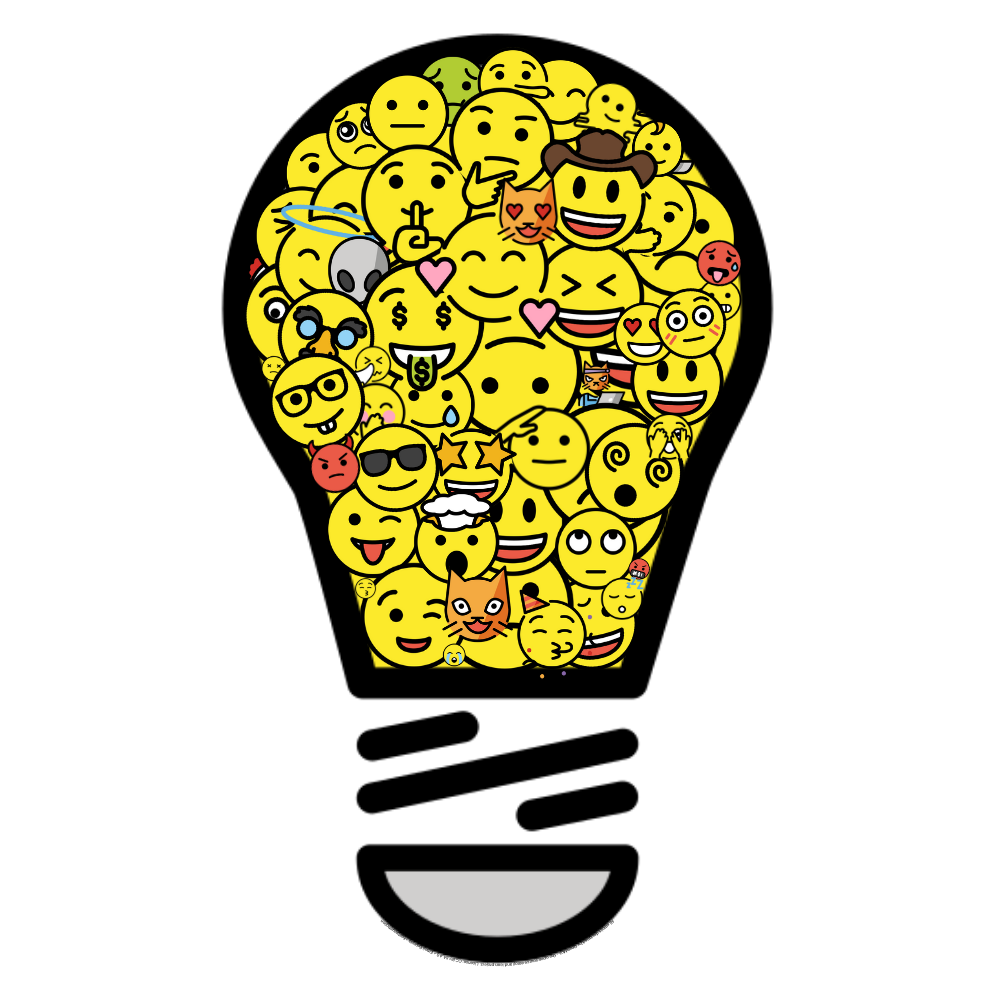In the ever-evolving landscape of communications, there are two fascinating elements that have become integral to our expressive toolbox: onomatopoeia and emoji. Both of these forms of communication serve unique purposes, and when combined, they can create a powerful means of expression that resonates with people of various neurodiverse backgrounds. Let's dig into the synergy between onomatopoeia, emoji, and neurodiversity and how they can facilitate better connection and communication.
The Beauty of Onomatopoeia
Onomatopoeia, as the word itself suggests, is all about the sound (and I just looooove saying it too!). It's a linguistic device that uses words to mimic or resemble the sounds they represent. Think of words like "buzz," "moo," "whisper," or "splash." These words bring auditory experiences to life in our minds, making language more vivid and sensory.
For neurodivergent individuals, particularly those with conditions like synesthesia or heightened sensory sensitivities, onomatopoeia can be a captivating aspect of language. When someone says "sizzle," they may not just hear the word but also see or feel the crackling of frying food. It's a multi-sensory experience that adds depth to communication.
The Expressiveness of Emoji
On the other hand, emoji are visual symbols used to convey emotions, ideas, and concepts in digital communication. They serve as non-verbal cues that complement text and help bridge the gap in conveying emotions effectively, which can be especially important for neurodivergent individuals who may struggle with interpreting social cues or facial expressions.
Emoji provide a means of expression that goes beyond words, allowing people to share their feelings and thoughts with simplicity and clarity. This can be particularly valuable for those with communication challenges related to conditions like autism or ADHD, where decoding complex social signals can be challenging.
The Synergy of Sound and Image
Here's where it gets interesting! The combination of onomatopoeia and emoji can create a rich and immersive communication experience. Imagine someone verbally describing a thunderstorm with words like "rumble" and "crash" while interspersing lightning ⚡ and storm cloud ⛈️ emoji. This combination not only paints a vivid auditory picture but also adds a visual dimension to the description.
For neurodivergent individuals who might process information differently, this fusion of sensory input can enhance understanding and connection. It can make communication more accessible and enjoyable by catering to diverse cognitive styles.
Facilitating Better Connection and Communication
In the realm of neurodiversity, where individuals may have unique ways of processing information, communication tools like onomatopoeia and emoji offer flexibility and inclusivity. They allow people to tailor their messages to suit their own cognitive preferences and help bridge the gaps that sometimes exist in traditional text-based conversations.
By acknowledging the value of both onomatopoeia and emoji, we can foster more inclusive environments that respect and celebrate neurodiversity. It's a reminder that effective communication isn't one-size-fits-all; it's a spectrum of possibilities where sound, image, and emotion come together to create a symphony of connection.
The next time you find yourself using words like "whoosh" or adding a heart emoji 💖 to convey affection, try to remember that you're not just communicating; you're engaging in a rich tapestry of expression that resonates with the beautifully diverse world of neurodiversity.
I'd love to hear your thoughts on the synergy of onomatopoeia, emoji, and neurodiversity. What are ways you use or can imagine using these communication techniques to build bridges of connection through communication? 🗨️
Cheers,

Chief Moji Muser and EmojiIRL™ Creator
#emojiexpression #emojiIRL #getyourmojion


